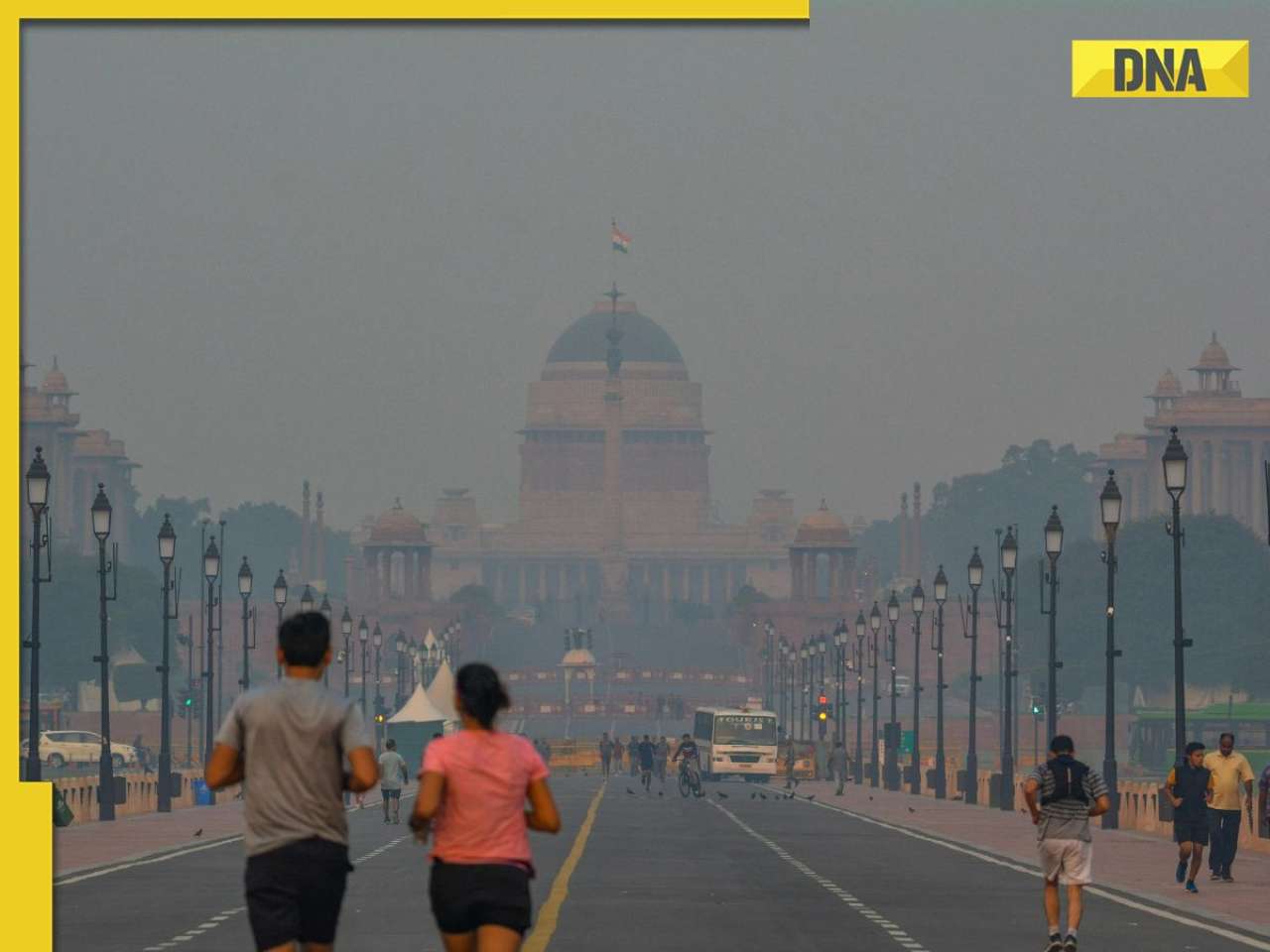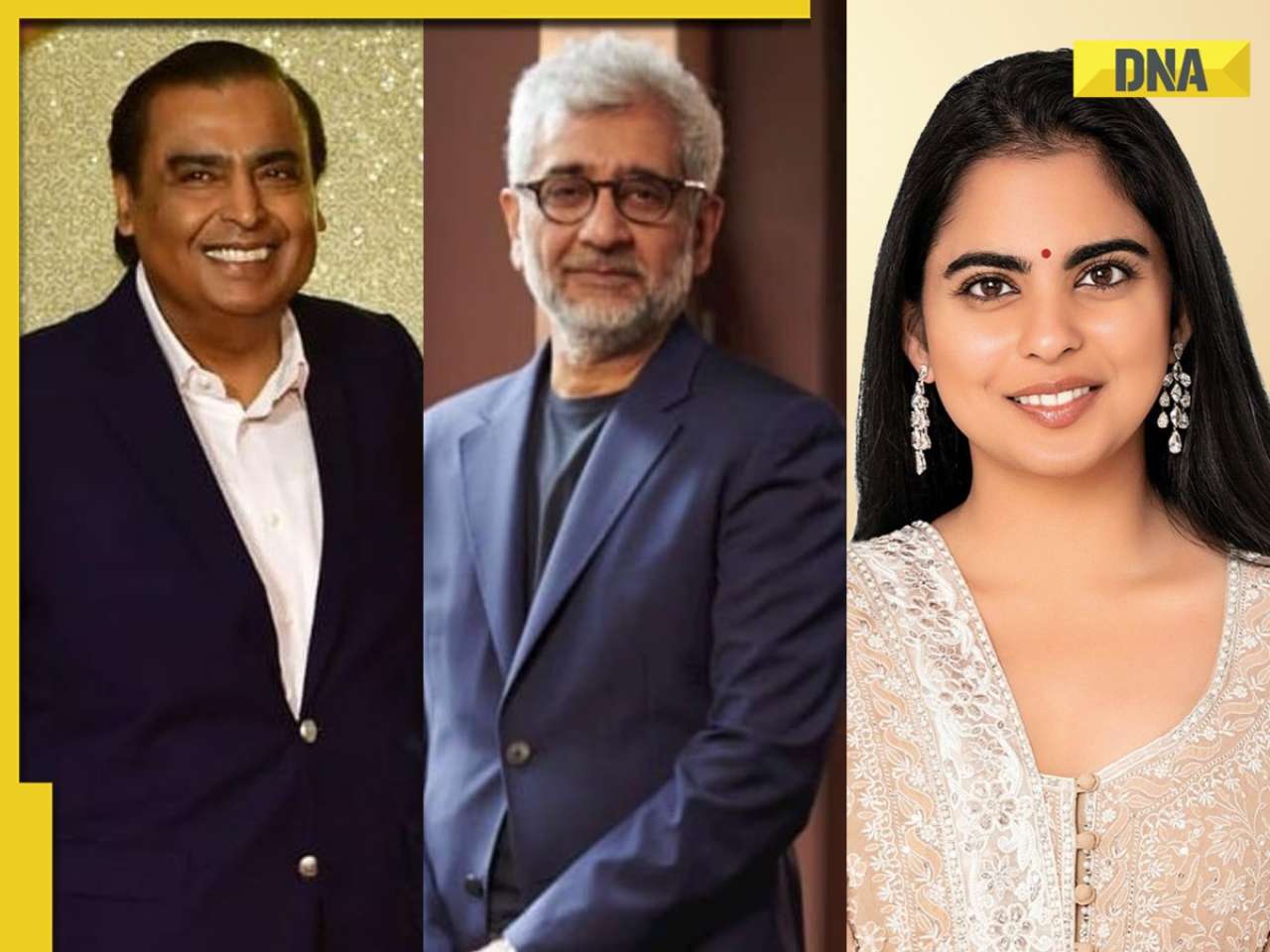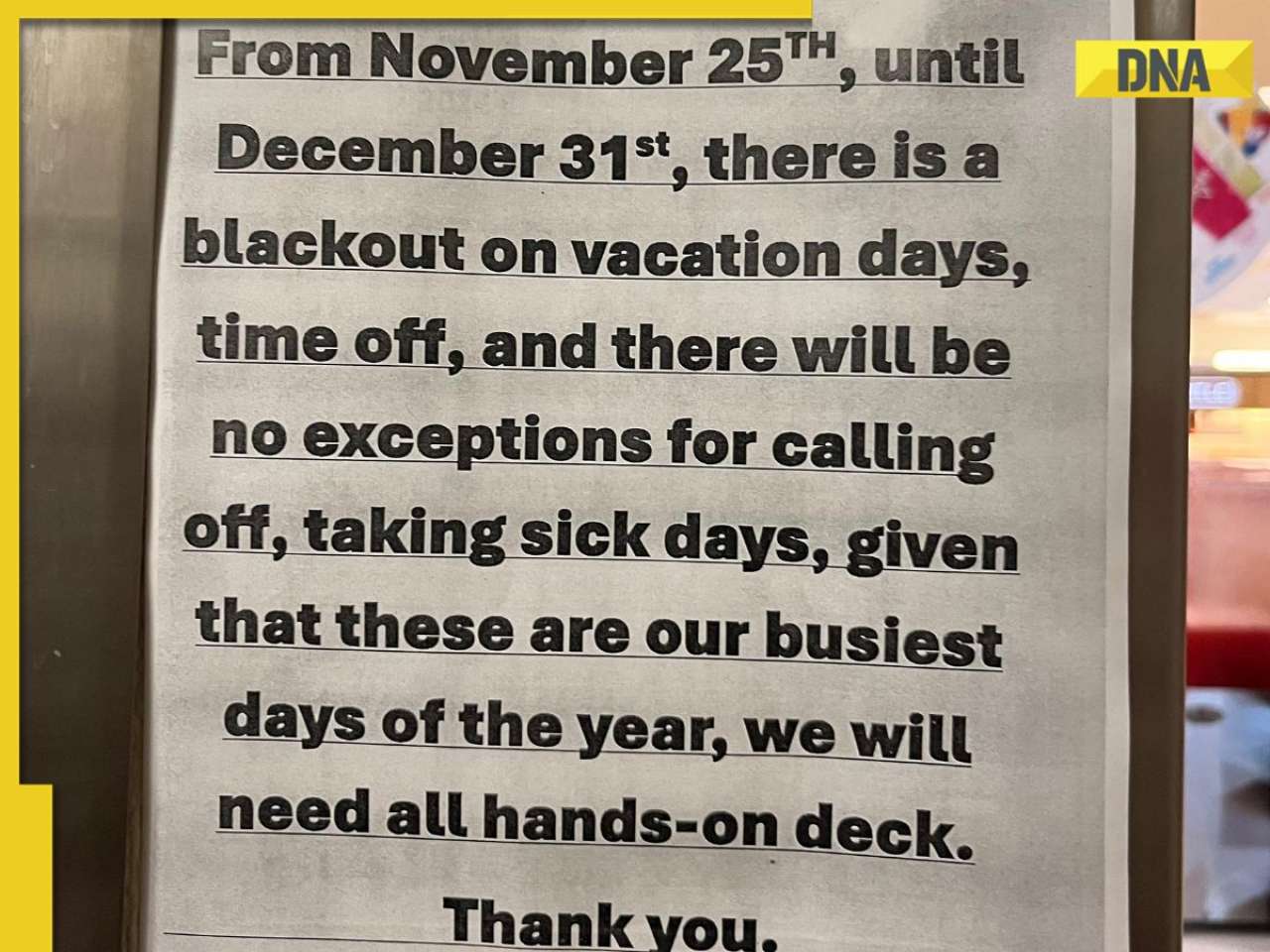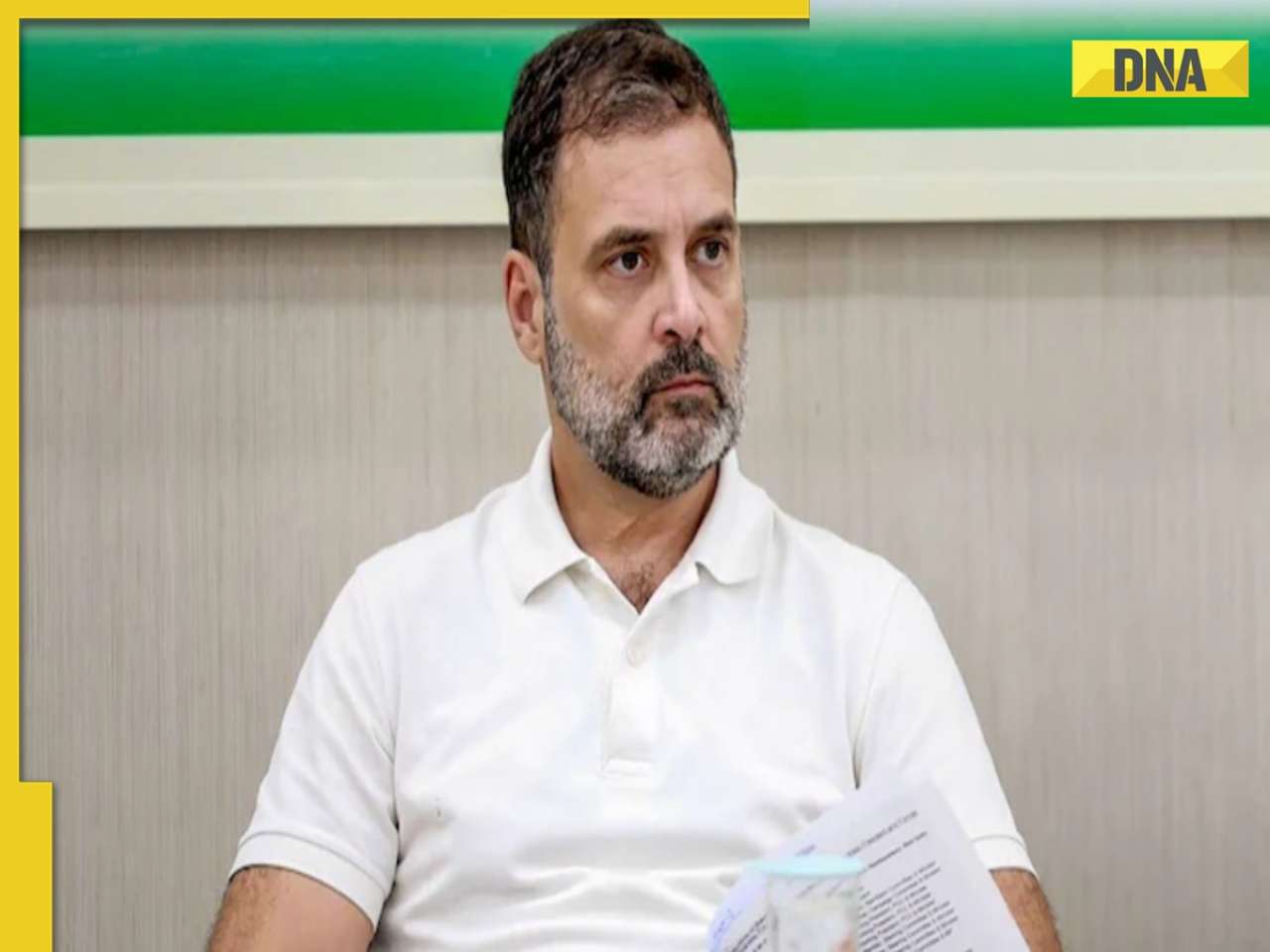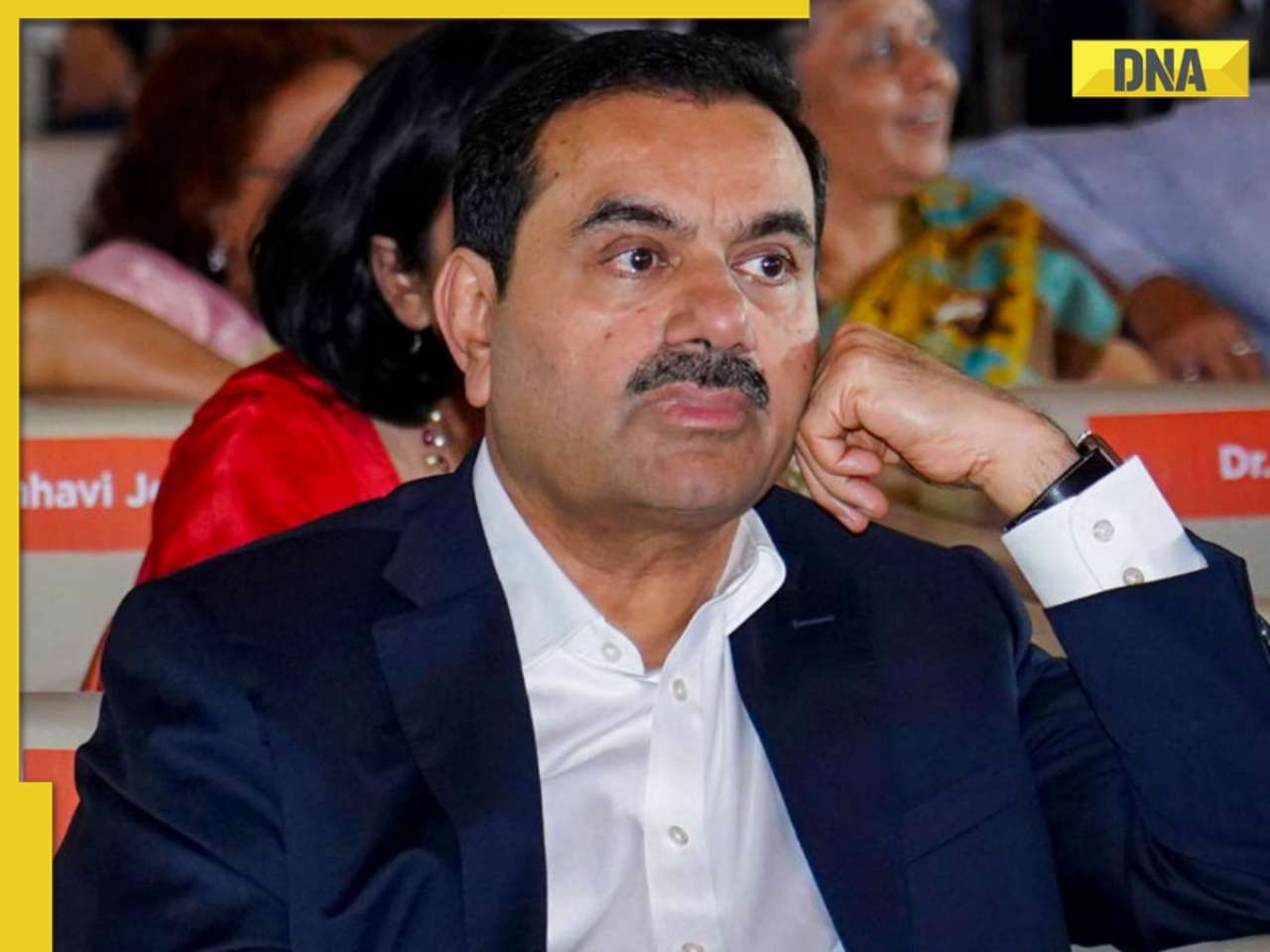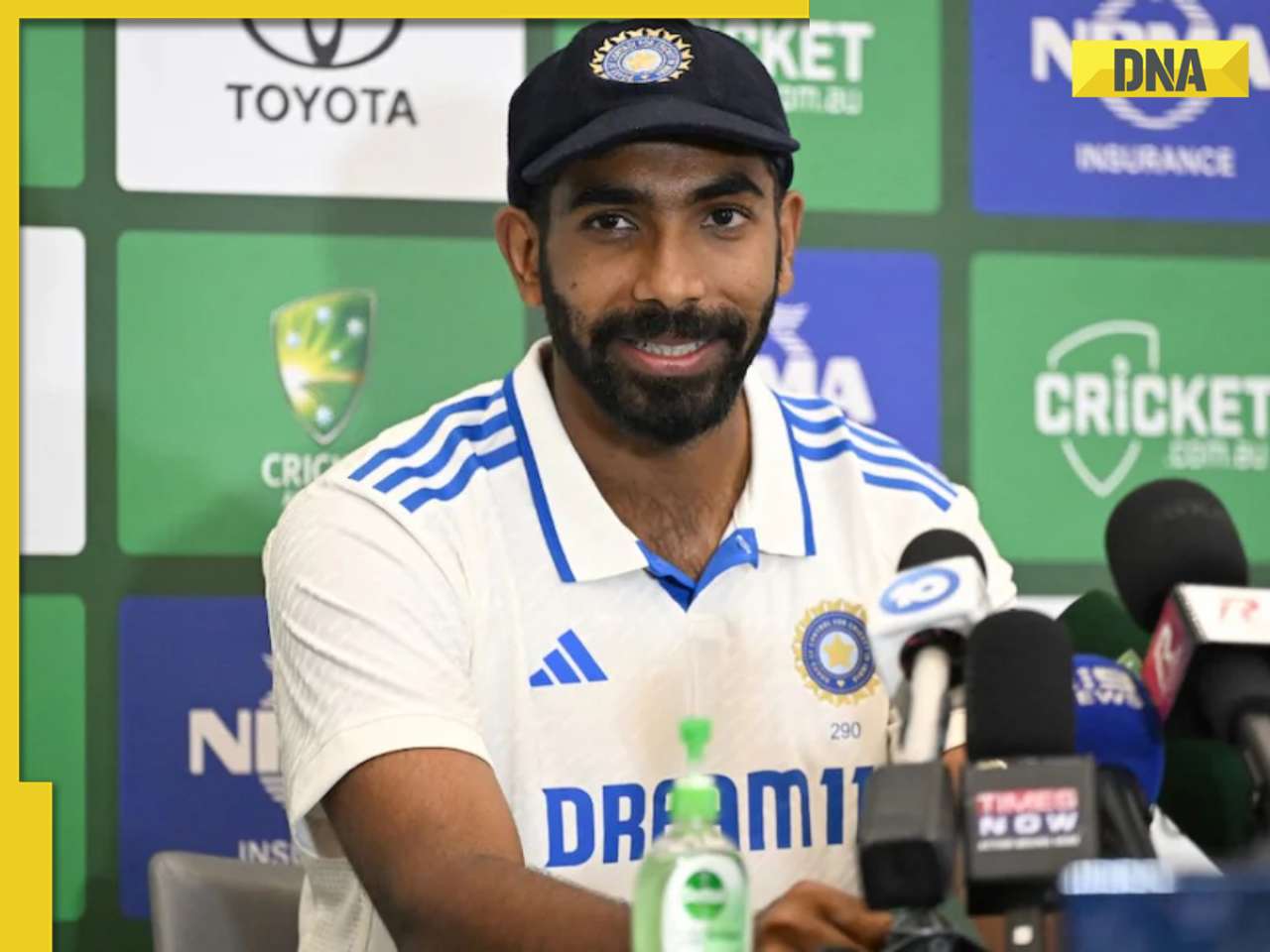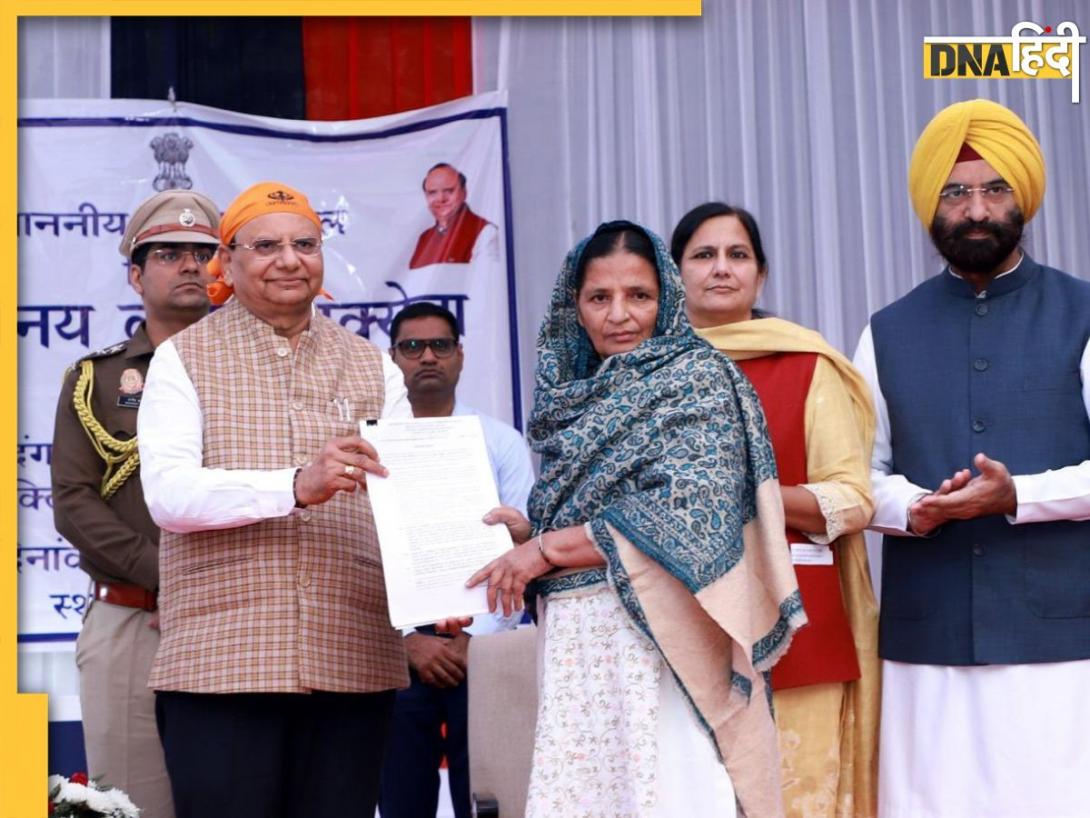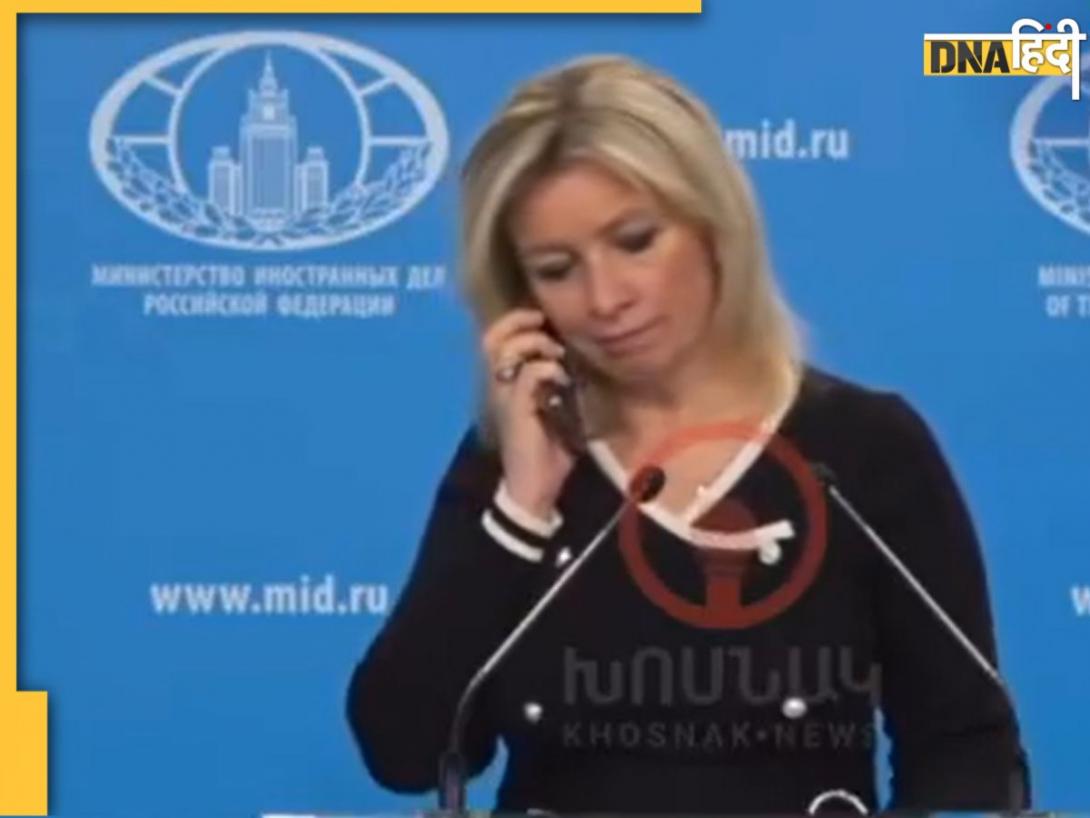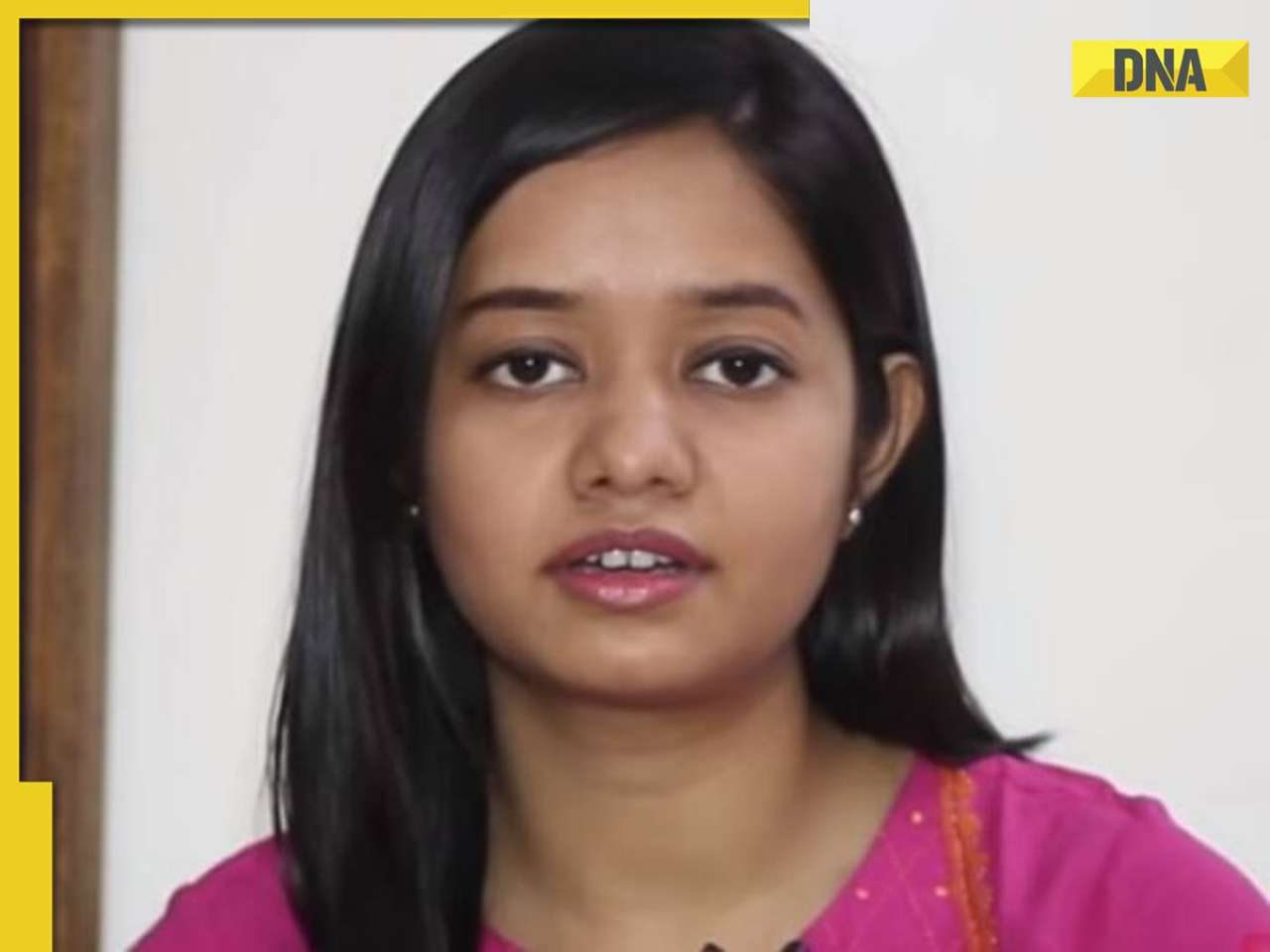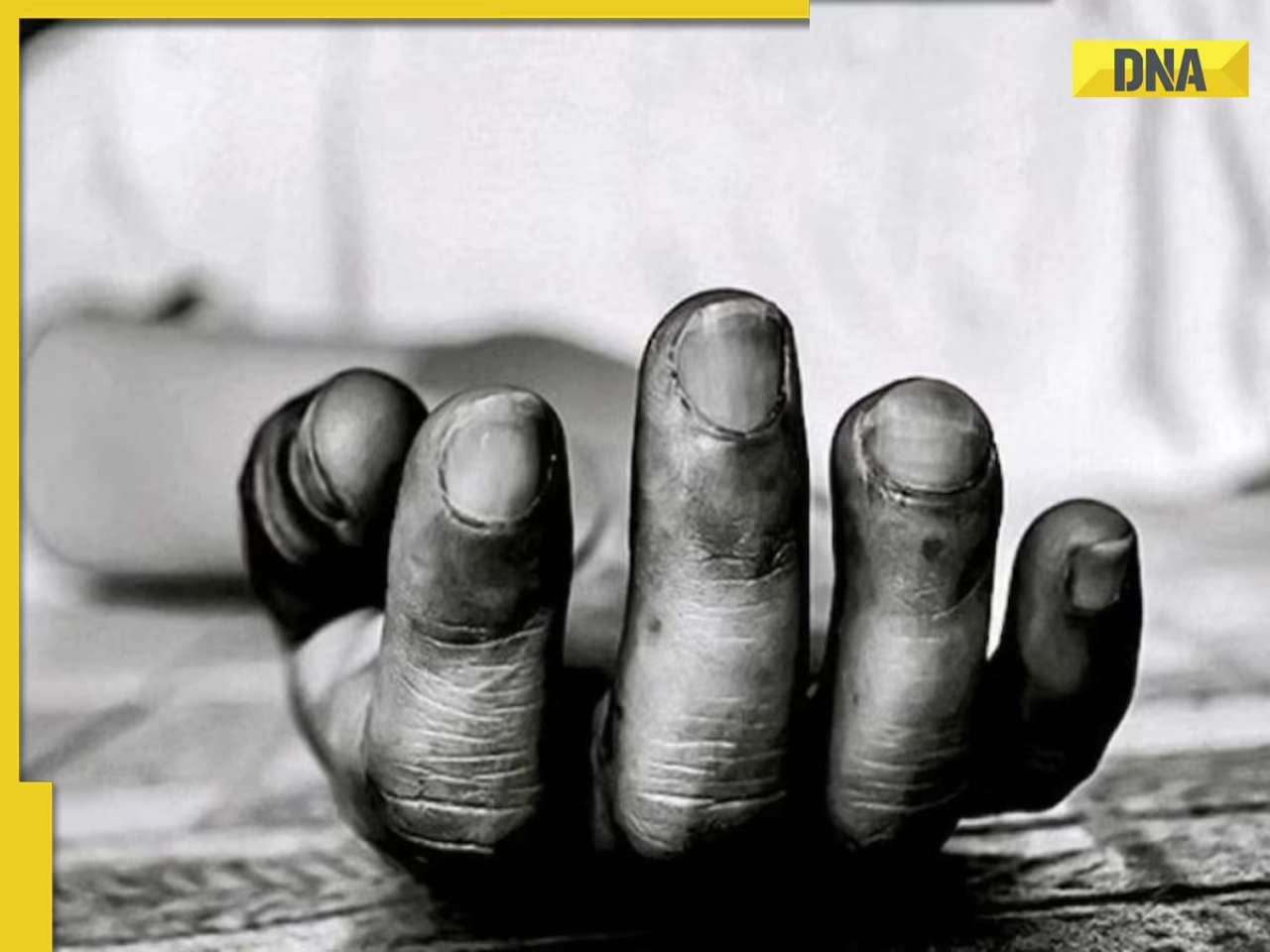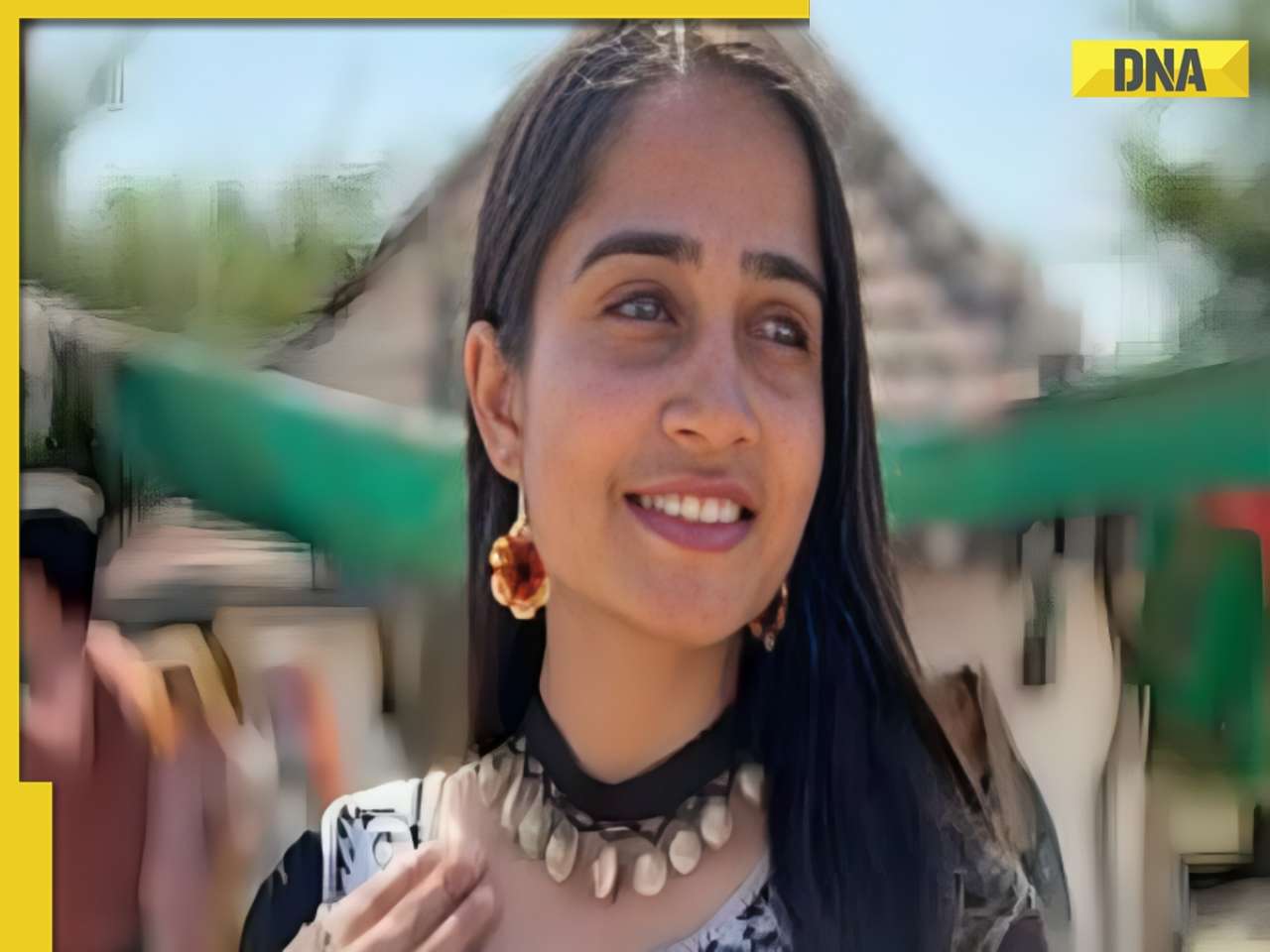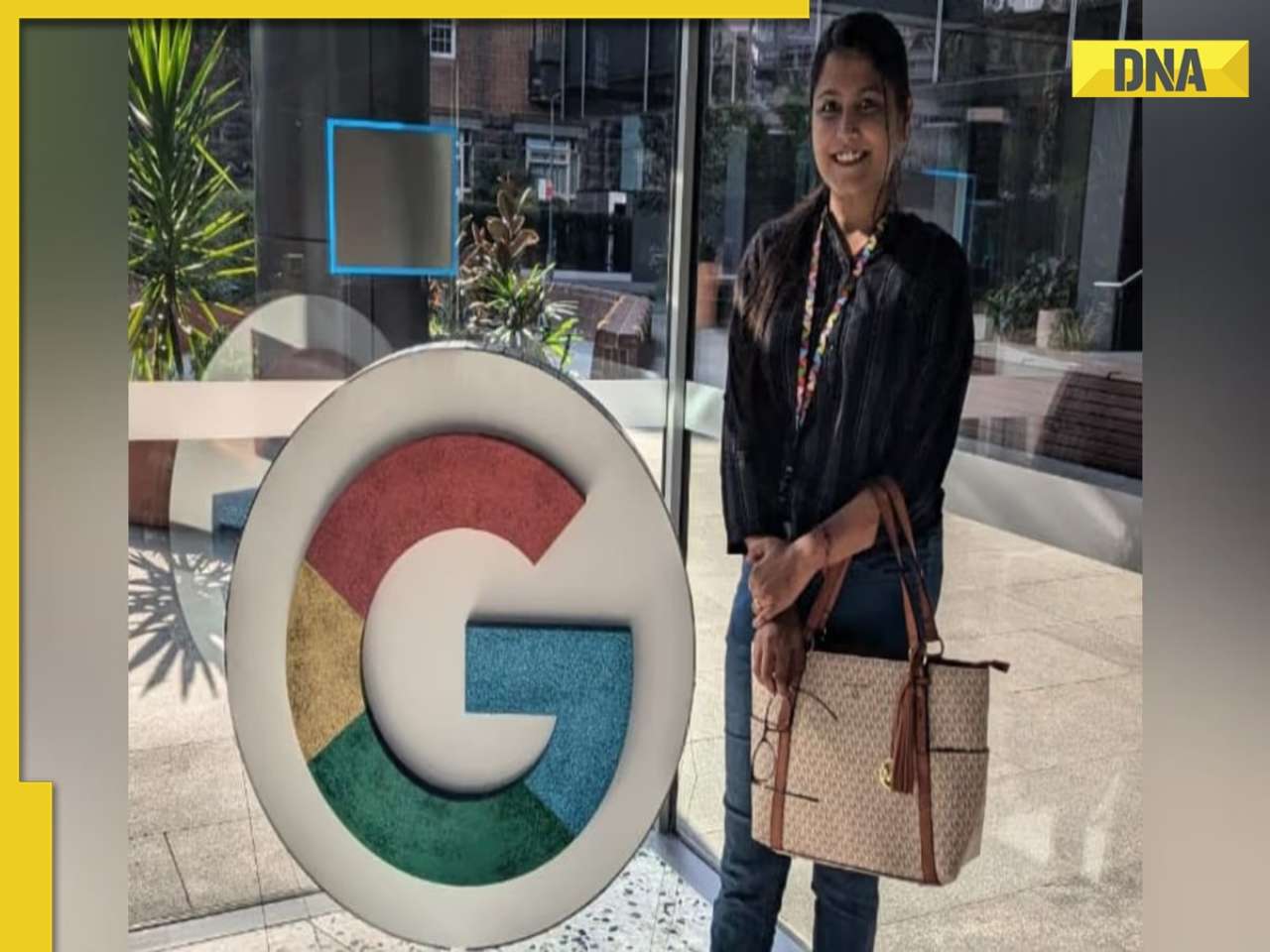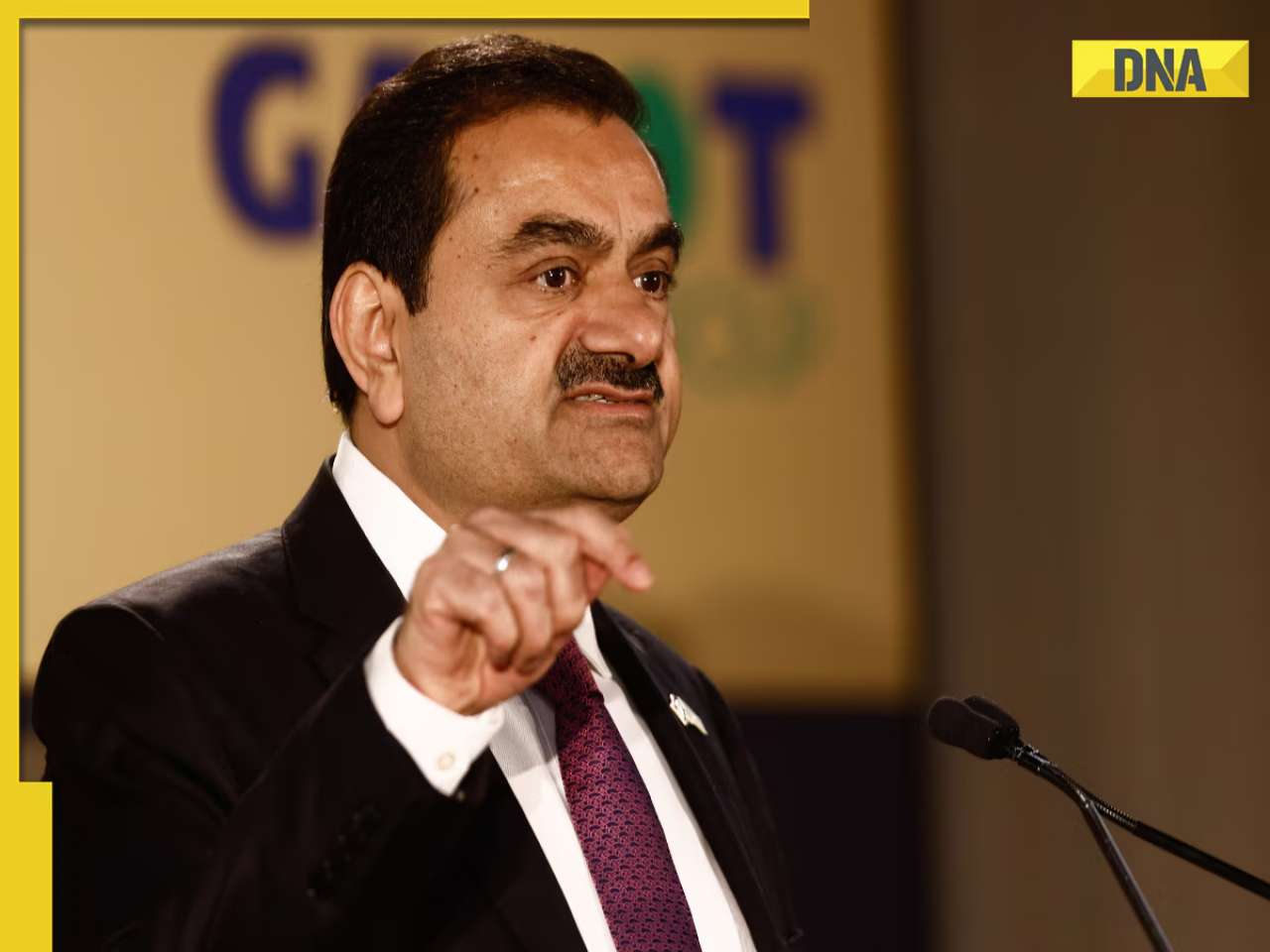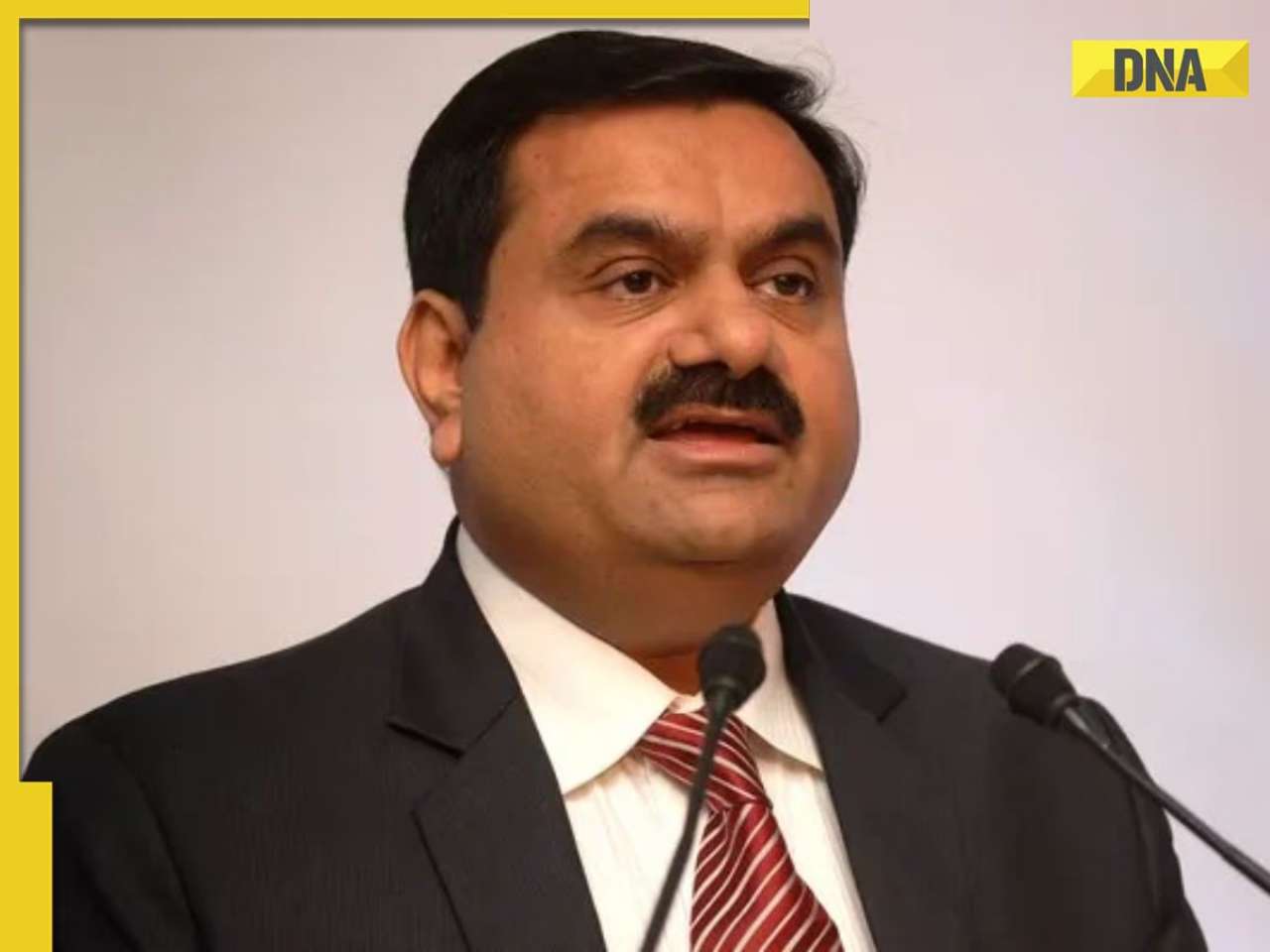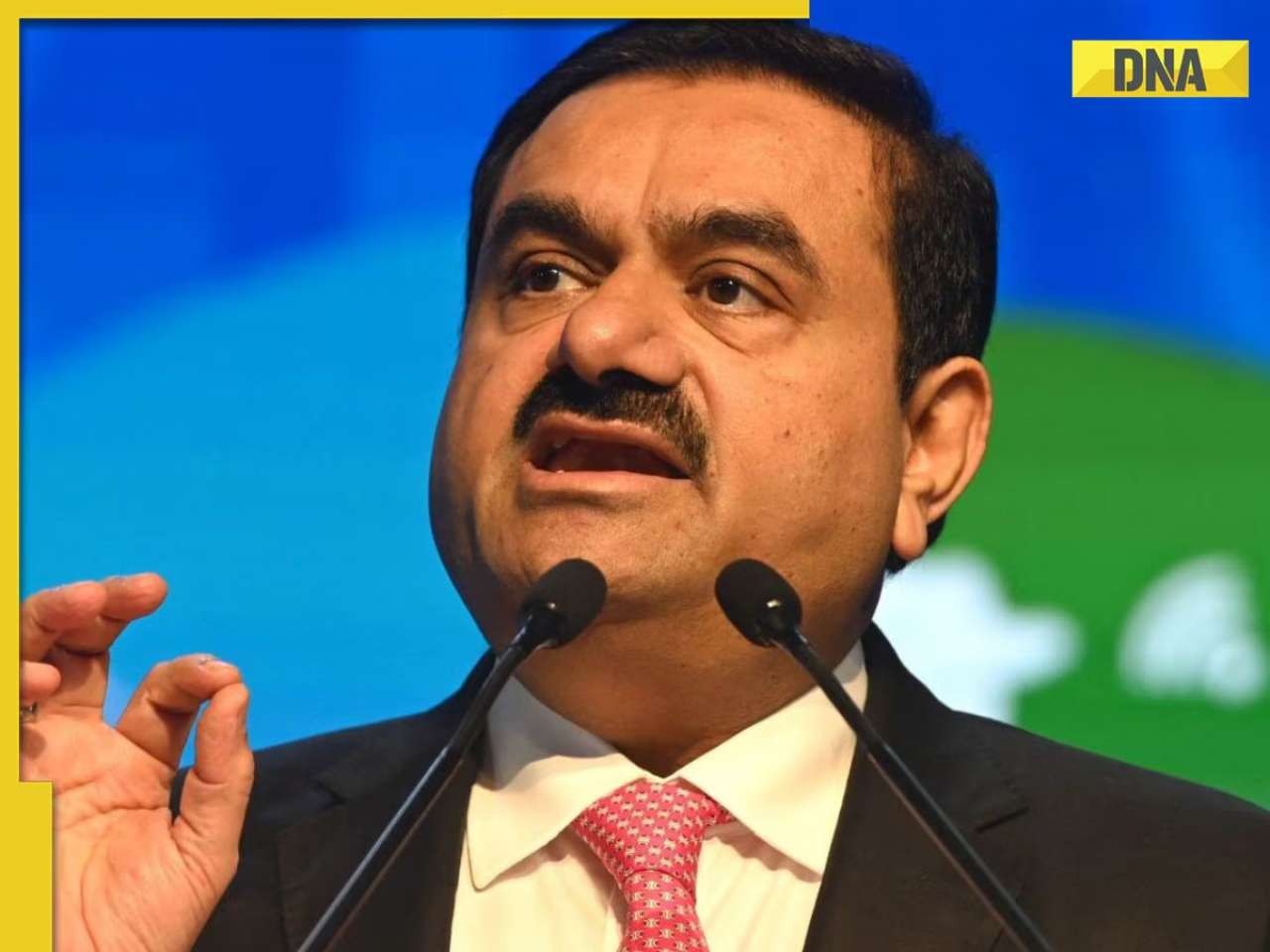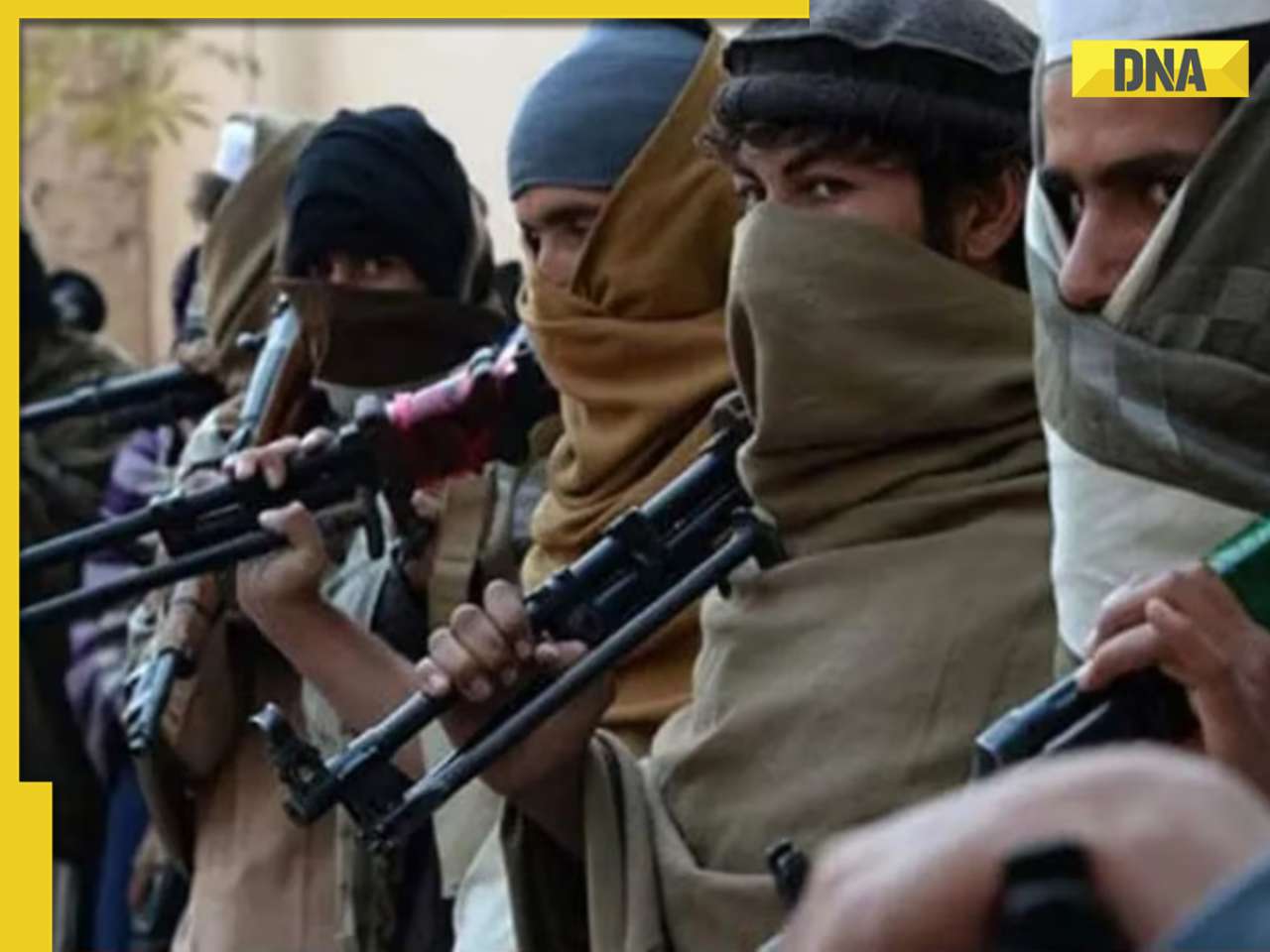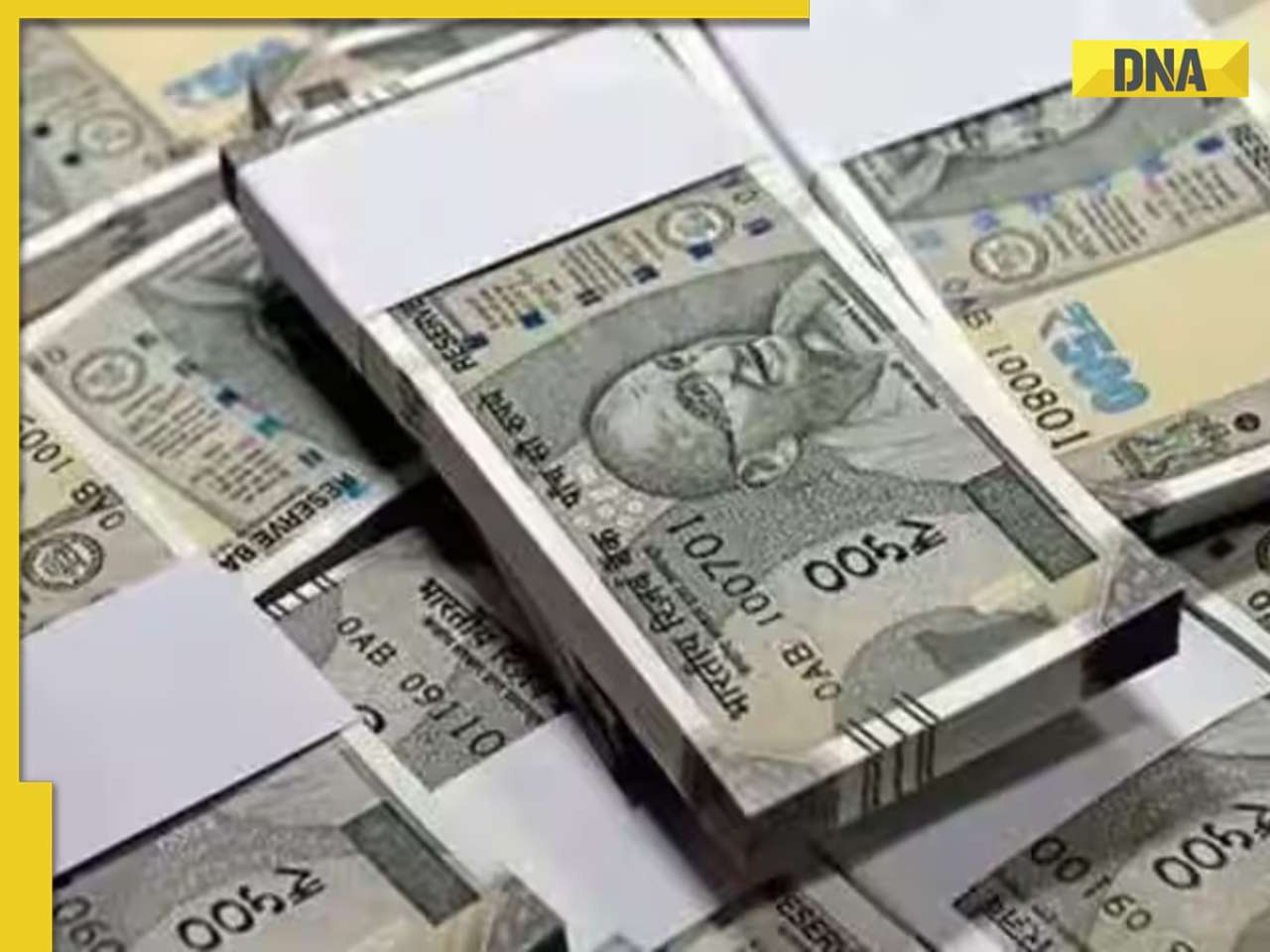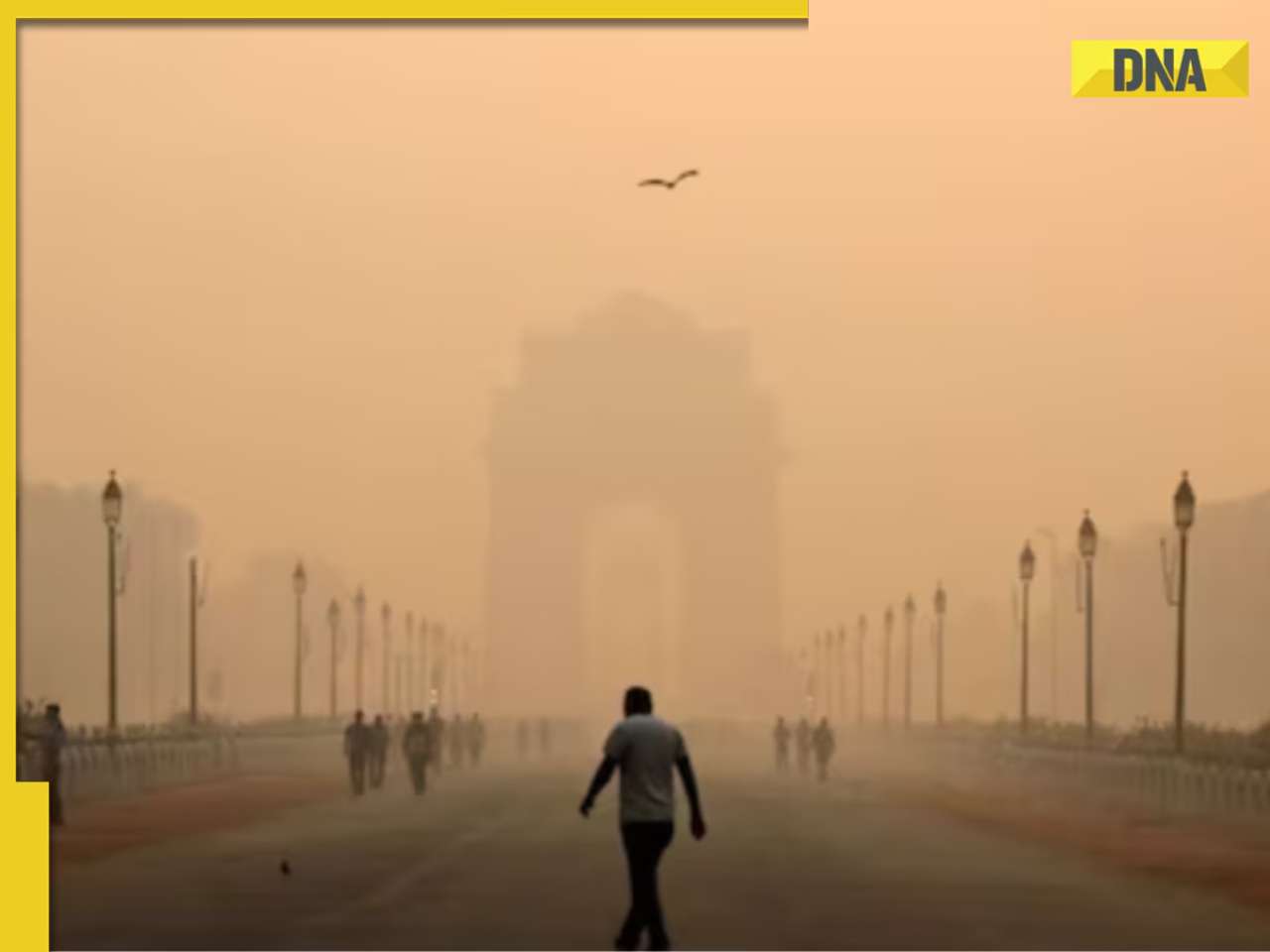- LATEST
- WEBSTORY
- TRENDING
INDIA
Marginal notes on new draft of the National Policy for Women
You are being invited to engage and give inputs on this Policy at a very early stage in the process.
TRENDING NOW
The government announced a draft National Policy for Women this week and invited all of us to leave comments on the draft. The draft is just 24 pages long and the issue is important to all of us, so I begin this article by urging you to please take ownership of this issue and engage.
Let me start with the good news about this draft. First, it is good to see that the Ministry of Women and Child Development has taken this seriously enough to research and consult with civil society work and views in this area. The choice of phrases and the illustrative projects mentioned make this clear. Second, the list of issues in this document reflects all the major global conventions and platforms on women’s rights— almost like a laundry list. Third, this is actually a draft. Read it and you will realise you are being invited to engage at a very early stage in the process. This is most unusual in a country where we start building a bridge and then have the debate around it!
What does this draft Policy for Women contain?
The draft begins, like UN Resolutions, with a nod to the existing frameworks of rights, laws and conventions around women’s rights. Then, it describes the context. In this section, there is an odd juxtaposition of “paradoxical trends.” Two of these odd examples:
1.“The growing acknowledgement of gender rights and equality is juxtaposed against increase in reporting of various forms of violence.” Reporting actually reflects an acknowledgement of rights. Growing incidence might make a better argument.
2.“expansion of new work opportunities for women alongside continued weak bargaining power in the labour market.” Not inaccurate, but perhaps new opportunities and new vulnerabilities via workplace exploitation would go better?
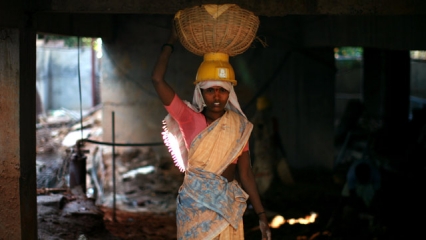
But I do not mean to nitpick. This is a report that emphatically acknowledges that while women play an ever-greater role in agriculture, their entitlements to land and assets remain unrecognised. So these comments are in the spirit of engaging with a draft document on the assumption all of us own it.
Three or four times across the draft, there are references to a “rights-based approach.” What does a “rights-based approach” mean? When we use a rights-based approach to development or any other work, according to the UN this means three things:
1.The point of all programmes and development is the realisation of human rights.
2.Human rights standards and conventions, including the Universal Declaration, should guide this work.
3.Development should result in people fully enjoying their rights and the improved capacity of government officials to make this possible.
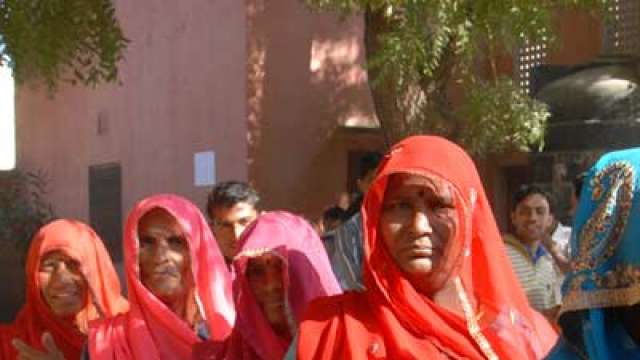
The draft National Policy for Women is set in this framework but it repeats it like a mantra, making you wonder what brief was given to the authors of this document—“sound like the child of a GOI circular and a lofty UN convention.” One asks because plum in the middle of the rights talk comes a jarring rationalisation for women’s empowerment: “To what extent the country can seize this (demographic) dividend and benefit from it will largely depend on how women exercise their right and entitlements and contribute to the development process.” Gender equality is not an instrumental good; it is intrinsically important, especially if you are adopting a rights-based approach.
The words ‘laundry list’ come to mind again and again. On the one hand, I am sympathetic. Patriarchy pervades everything and the inequalities and inequities it creates reinforce and is reinforced by other structural injustice. You cannot but have a laundry list when you try to grasp at all of it to ensure it gets addressed. On the other hand, as the laundry list stands, it has the specificity and sharpness of saying, “Oh yes, that’s a problem. And also that. And also that. And, please fix that too, haan?” We can do better than this.
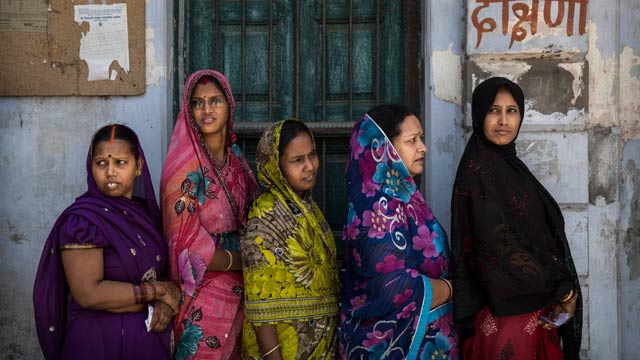
What does the laundry list contain? Eight priority areas: Health including food security and nutrition; Education; Economy; Governance and Decision Making; Violence against Women; Enabling Environment, and Environment and Climate Change. As I read, there were things that gladdened my heart and things that left me shaking my head in despair. Here’s what I liked (and maybe didn’t like).
Health
There are eighteen points under Health, and what I liked was that the discussion of health was not confined to maternal and reproductive health. I was happy to see geriatric care, adolescent sexual and reproductive health and menopausal health care. We are actually acknowledging that women’s bodies face challenges other than childbirth! I was also pleased to see a link made between women’s mental health and “discrimination, violence and abuse.” In fact, the inclusion of these in a section on health is a cause for celebration, I think.
Education
Beyond the nod to the Right to Education Act and long-standing concerns relating to the education of girls, is tucked away a small point that makes a big impression on me: the commitment to create a supportive environment by setting up a “responsive complaint mechanism” for sexual harassment and intimidation of girls and young women. This recognition is very important, I think. Inexplicably, “Opportunities for recreation and participation in cultural activities” close this paragraph out. This section suggests gender sensitisation of curriculum and faculty, and the use of ‘Gender Champions’ to promote gender sensitisation.
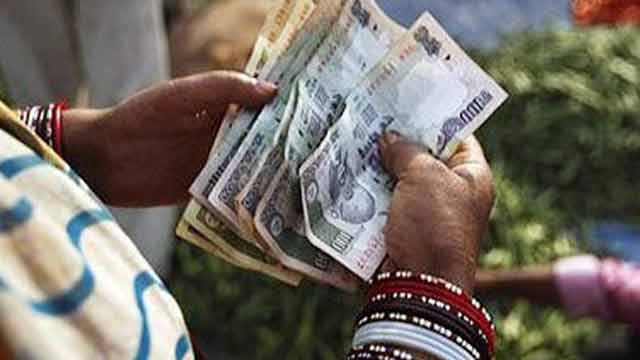
Economy
Consistent with this government’s placing economic concerns above all else, this is a long section.
I want to underscore the draft’s recognition of the unpaid care economy in which women are major players. The setting up of crèches is related to enabling women to seek paid work.
There is also a section on migrant and informal workers which is a good thing. I am not expert enough to comment, but the draft proposes a system of registration and “portability of entitlements such as ration cards and identity papers.” It proposes also the registration of tribal migrants by Panchayats, ostensibly to protect the rights of migrant tribal workers (and domestic workers). My instinct is to be sceptical, even concerned about possible infringement of worker’s rights. I hope that experts will pick up and comment on this proposal. Proposed protections should not create alternative systems of exploitation.
In the discussion of women in the agricultural sector, the draft policy envisions for women the roles that they are now playing in Swayam Shikshan Prayog’s projects, even using more or less the same kind of name, “Krishi Sakhi.” The draft also flags gender differentials in wages and gender-sensitive social security (not sure what that is but it sounds right!).
I was impressed to see the industry section close with a mention of the Workplace Sexual Harassment law. The report later lists several existing and new institutions to support the policy, but a major delay on the part of government is setting up and advertising the Local Complaints Committees to which the millions employed informally and in small organisations can go for justice. Annual reports are required but it is not clear where they are to be sent. The Ministry could commit to sorting these issues out instead of creating a new paper-chain.
Governance and Decision-Making
I turned to this section with hope. Alas, the seven provisions in this read more like a generic ‘women in politics’ wish-list than anything else. When you finalise this section, ask us what you could add to make it more policy and less airy-fairy declaration of aspirations. For all the government’s anxiety to get women into the paid economy and into entrepreneurial roles, it sticks with a conservative recommendation of 50% panchayat reservation and 33% at state and parliament levels. Deeply disappointing, because if a Minister like Maneka Gandhi who has spent her entire adult life in public affairs and policy cannot take a stronger position for the inclusion of women in her sector, we are doomed.
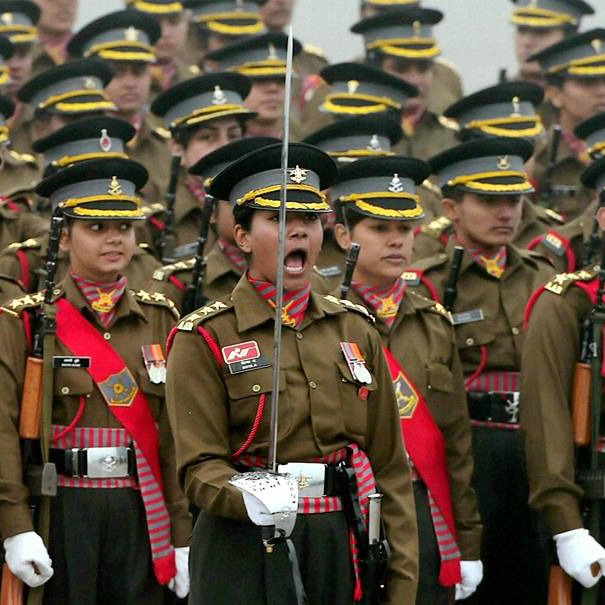
Violence against Women
Violence against Women follows the political sphere in this draft which proposes “a holistic perspective through a life cycle approach in a continuum from the foetus to the elderly…” At this point, honestly, the draft Policy document is simply a listing of vague aspirations. Maybe Policy documents are not supposed to be Action Plans, but if they are not concrete directions or commitments, what is the rationale for the addition of one more document to a large library of laws, declarations and conventions— all, let’s face it, largely observed in the breach?
What I want to recognise is this section’s inclusion of violence against and sexual exploitation of persons with disabilities. I am sure that the sensitisation that is proposed will be contentious but that is the subject of another person’s article, not mine.
Enabling Environment
I am happy to see shelter homes listed here, but it makes me worry about both the uncritical, unthinking funding and setting up of shelter homes without thought to training, safety, utility and sustainability on the one hand and the over-regulation of these homes with such a strong protection accent that we infantilise the adults who live there. But shelter homes and crisis centres are important, as are helplines. I would hope that both in the drafting of a policy document and in actual planning, the Ministry will have the foresight to include those NGOs who have been doing this work for decades.
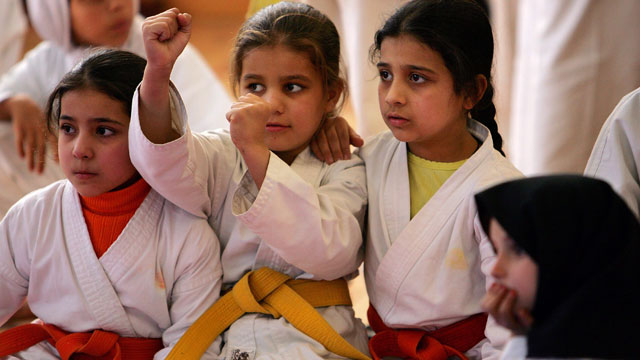
Media
This section is standard issue, hoping to see more women work in this sector. But it is hard not to notice the irony that it is written by a state establishment whose encroachments on media freedom and civil liberties continue steadily. So we want women in media but we don’t want them to say anything inconvenient. Got it!
Infrastructure
Women’s organisations around India who have promoted, trained and conducted Safety Audits locally will be pleased to know they have found their way into the draft National Policy for Women.
The eight priority areas and the lists of ‘things-to-do’ relating to them make up the bulk of the National Policy draft document. The most interesting bits are tucked away so far in the back that you might never reach them.
The section on Emerging Issues offers us an inside look at what the government thinks are important and urgent areas to tackle:
- “Redistribution of gender roles,” and helping women and men to work and have work-life balance.
- Uniform Civil Code
- Cybercrime
- Regulation of artificial reproductive techniques and surrogacy
- The needs of single women (including widows, separated and divorced, never-married and deserted women, with an accent on protection
- Entrepreneurial support for women
This is an interesting assortment and likely, given the verbosity—and it is tempting to say empty verbosity—of the rest of the draft, to be at the heart of any debates the draft engenders. But we should debate these vigorously, now that we have been invited to do so. We should ask how new they are or how new the thinking is behind their inclusion. We should question their inclusion. We should openly seek explication of what this inclusion means. Given that the government is advocating a rights-based approach we should ensure that in none of these areas, women’s human rights—or anyone else’s—are curtailed in the name of protection or empowerment.
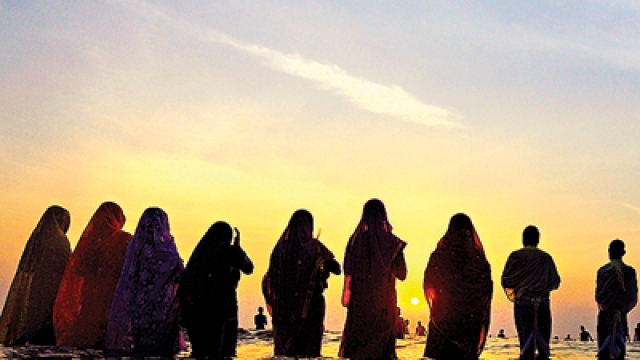
The operational strategies include multiple action plans, initiating a committee and commission regime that has so far meant little. This section ends, interestingly, in a recommendation that civil society organisations be involved at every stage. State recommendations for civil society participation everywhere, anywhere, now fly in the face of civil society’s own shrinking autonomy to act in most contexts. The Advocacy and Stakeholder Partnerships section lists several partnership possibilities across levels; will it become more than a mapping?
The draft reflects the growing global discourse on data. NGOs have talked about data issues for a long time, but UN Women, governments and big funders are now picking up the theme. It describes existing data as gender-neutral, when it is in fact, gender-blind. Gender disaggregated information is very hard to collect and is patchy.
In two or three places, the report mentions “engaging men and boys” but as with a lot of documents that list this as a goal or a good practice, there is no hint of how and why. It seems like a copy-paste from UN Women documents. At the end, there is text that makes me want to cry:
“Given the number of new laws and policies related to gender-based violence, paternity leave, child support and gender equality broadly, it is crucial to understand the impact of such national-level and policy-level changes on boys and men.”
Deep breath. Silence.
Let me try and state why that sentence makes me cry. The new laws and policies seek to redress injustice that is practically as old as human history. This injustice, created by patriarchy—which privileges men over women and imposes roles, stereotypes, norms and expectations on all of us, regardless of gender—affects men and women and everyone else in different ways. It does not always work for men, please note. But the process of redressal involves the withdrawal of privilege and advantage. That is hard. It is not, however, more important than redressal itself. In those time-honoured Indian words, we can adjust.
You will remind me of abuse. I grant that abuse and misuse happen. They are almost the Indian way, aren’t they? Nevertheless, we still have other laws for property, for traffic, for NGO funding, for appointment of Presidents and Prime Ministers and for the movement of goods across the country—don’t we? I would say to you that abuse and misuse remain a very small percentage of cases filed and that we could reduce that percentage through legal education and social awareness.
I think it is unnecessary to worry so much about men and boys. Historically, they have proven capable of taking care of themselves and indeed, let us give credit where it is due, as capable of adapting to change and doing the right thing as the rest of us.
What stands out for me about this draft document is that it is a full compilation of existing civil society and international norms and goals on gender equality, but it lists them in a fashion that suggests minimal thought and certainly leaves open the question of policy action. I would like to see a much more focused document, clear in its priorities and directives, less ambivalent about upsetting an apple-cart that is crying out to be toppled.
As I write this, I am wondering what should be the point of a National Policy for Women. I would think it should set out government priorities, saying, “There are a million challenges out there, but here are the two or three or four that we are choosing to tackle first. We have chosen these on the basis of urgency, feasibility and utility for other goals. All our other work, across departments, will be filtered through these priorities and we are hereby requiring all departments to be accountable to us on this score.”
I would suggest that our Policy be filtered through these three simple, actionable priorities:
1. Gender-disaggregated data across the board
2. Compliance with existing laws
3. Enabling environment (including infrastructure, credit and capacity-building).
The eight areas now labelled priority are actually work sites for these priority areas, and resource and attention can be devoted to achieving these goals.
Under each of these, the Policy document can highlight specific foci and actions to be taken along the eight (actually more) areas now designated ‘priority.’ This version leaves the setting of timelines to the many plan documents it recommends, but I would say that if this is a once-in-ten-or-fifteen-year document it should set final and intermediate timelines and targets as well.
If you are going to draft a National Policy for Women, let it not be fatuous and vacuous. And since we have a Minister who is a writer, please let us have prose that makes us want to say, “Yes, this is my mission too!” And then, let the Policy tell us what exactly needs to be done.
My final words to you, my friends: Read this document. It is imperfect and incomplete, but that is the point of a draft. We complain about governments not reaching out, but when they open a window, we resolutely ignore it. This document is trying to make a to-do list that would make a difference not just to women but to all our lives. Don’t squander this opportunity to be the citizen we all need.
Swarna Rajagopalan is a political scientist by training and the founder of Prajnya.
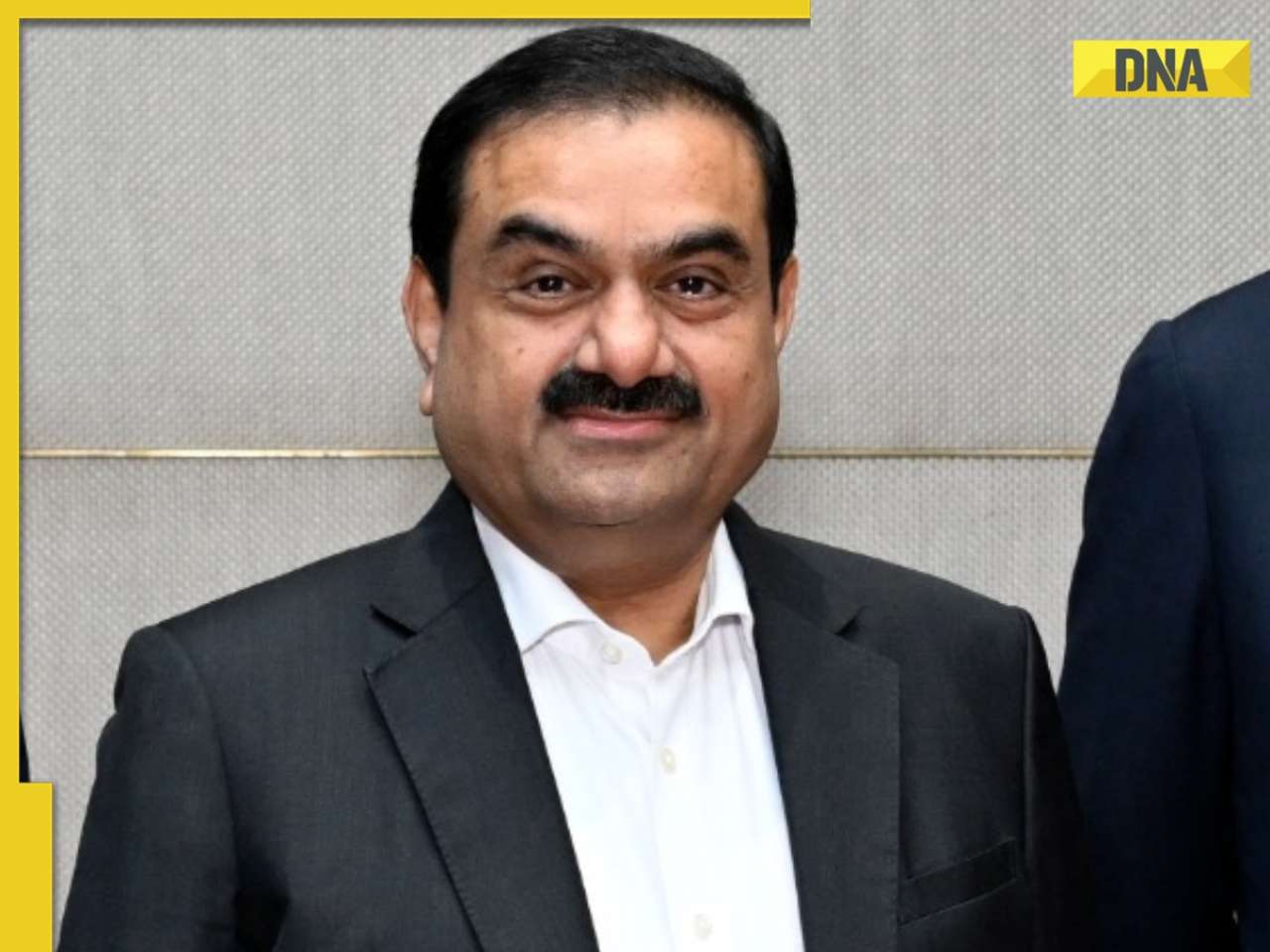

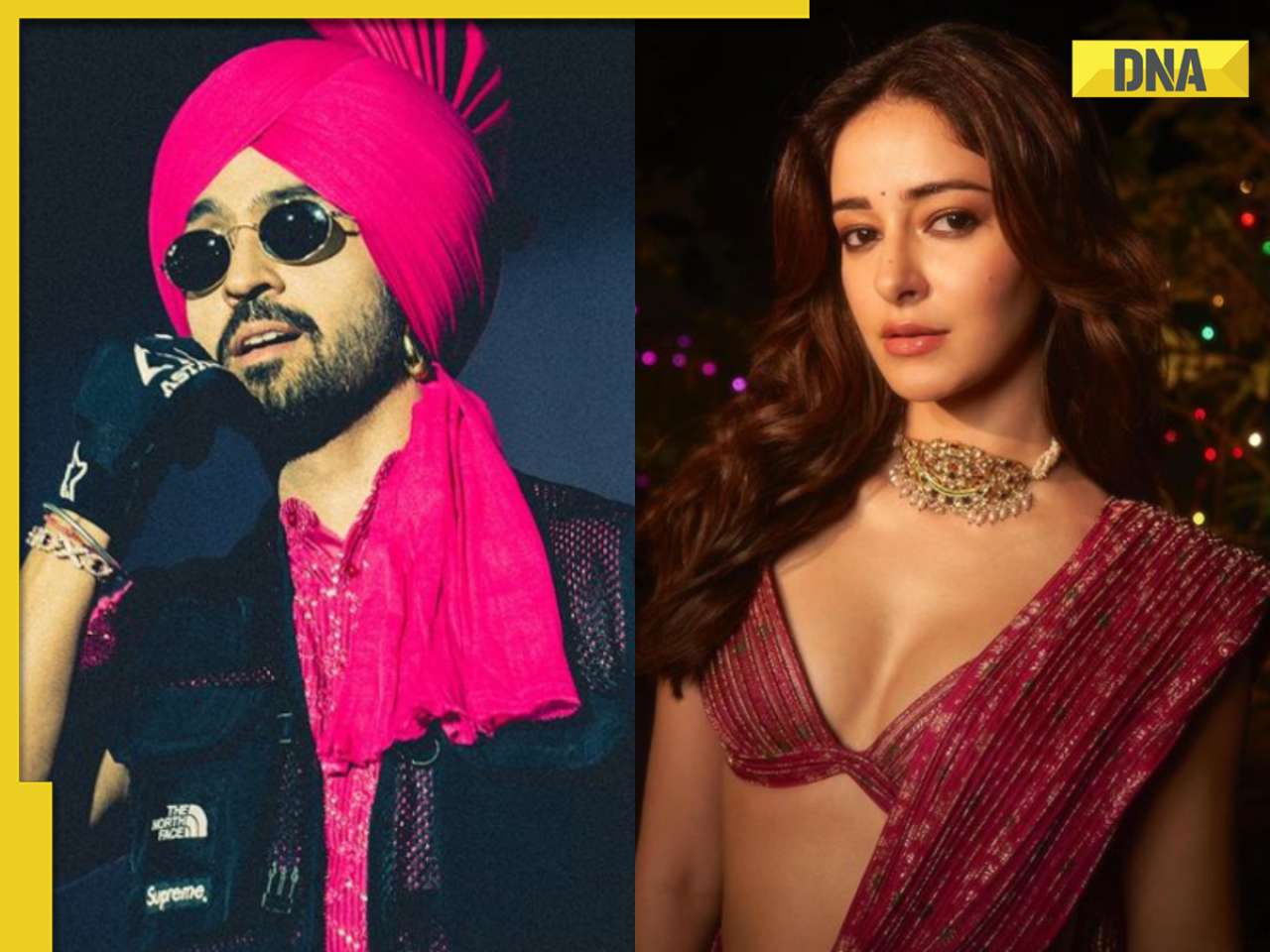


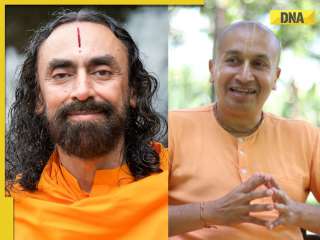

)
)
)
)
)
)
)
)
)
)
)
)
)
)
)
)





